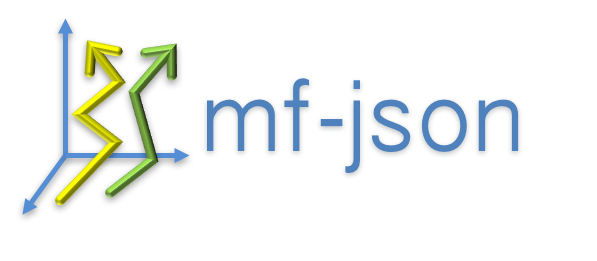Finally completed the first version of full circle #OGC #MovingFeatures support in @movingpandas :
Read MF-JSON (MovingPoint or Trajectory encoding) as TrajectoryCollection and write it back out to MF-JSON MovingPoint encoding ... interopterability success 🎉
https://github.com/movingpandas/movingpandas/blob/main/tutorials/8-ogc-moving-features.ipynb
#MovementDataAnalytics #MobilityDataManagement #TrajectoryData #MFJSON

movingpandas/tutorials/8-ogc-moving-features.ipynb at main · movingpandas/movingpandas
Movement trajectory classes and functions built on top of GeoPandas - movingpandas/movingpandas
More #transportation research using #MovingPandas 🤩
Golze, J., & Sester, M. (2024). Determining user specific #semantics of locations extracted from #TrajectoryData. Transportation Research Procedia, 78, 215-221. - "stop points are extracted from the GPS #trajectories using the #Python framework MovingPandas"
https://www.sciencedirect.com/science/article/pii/S2352146524000814

MobilityDL: A Review of Deep Learning From Trajectory Data
Trajectory data combines the complexities of time series, spatial data, and (sometimes irrational) movement behavior. As data availability and computing power have increased, so has the popularity of deep learning from trajectory data. This review paper provides the first comprehensive overview of deep learning approaches for trajectory data. We have identified eight specific mobility use cases which we analyze with regards to the deep learning models and the training data used. Besides a comprehensive quantitative review of the literature since 2018, the main contribution of our work is the data-centric analysis of recent work in this field, placing it along the mobility data continuum which ranges from detailed dense trajectories of individual movers (quasi-continuous tracking data), to sparse trajectories (such as check-in data), and aggregated trajectories (crowd information).
